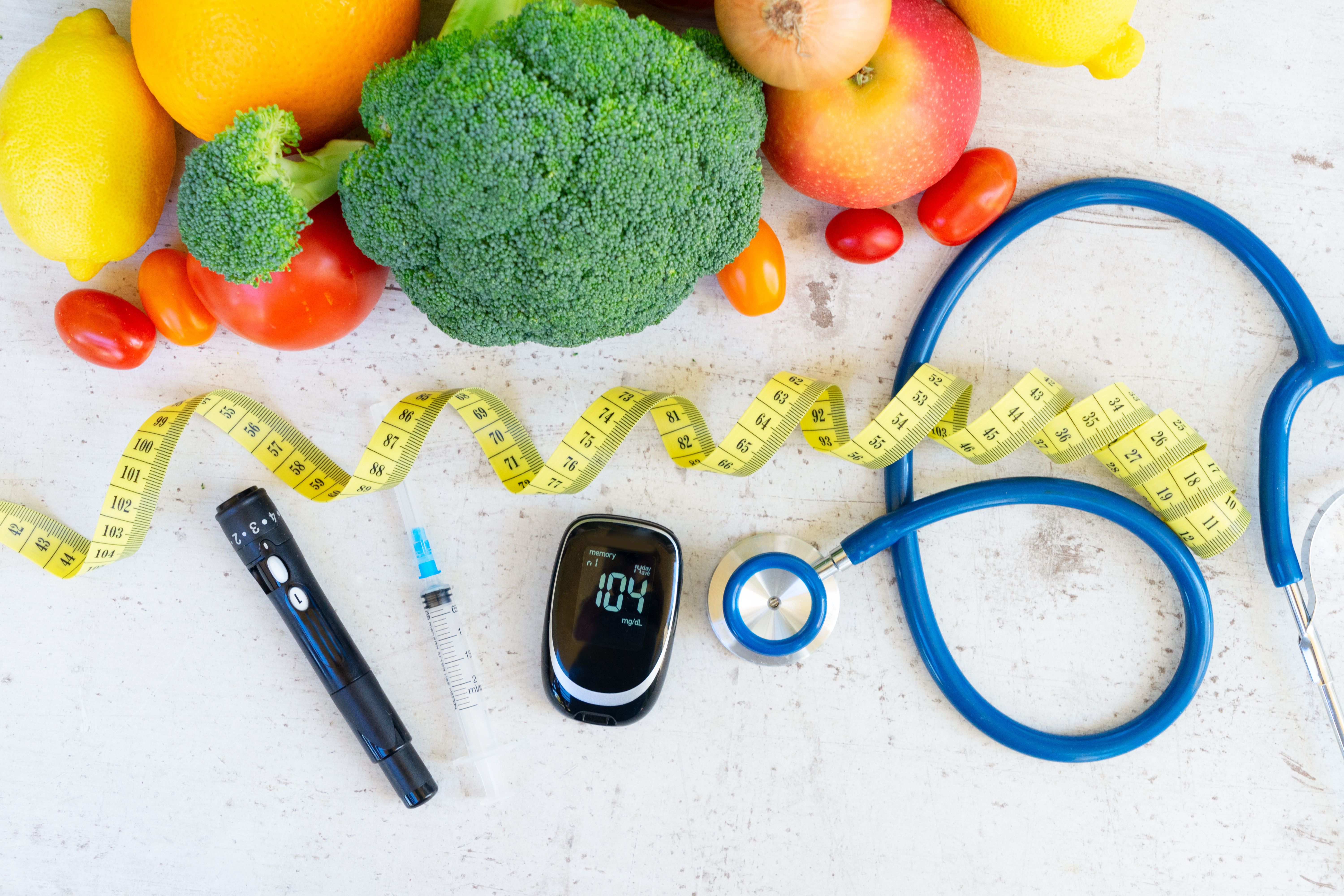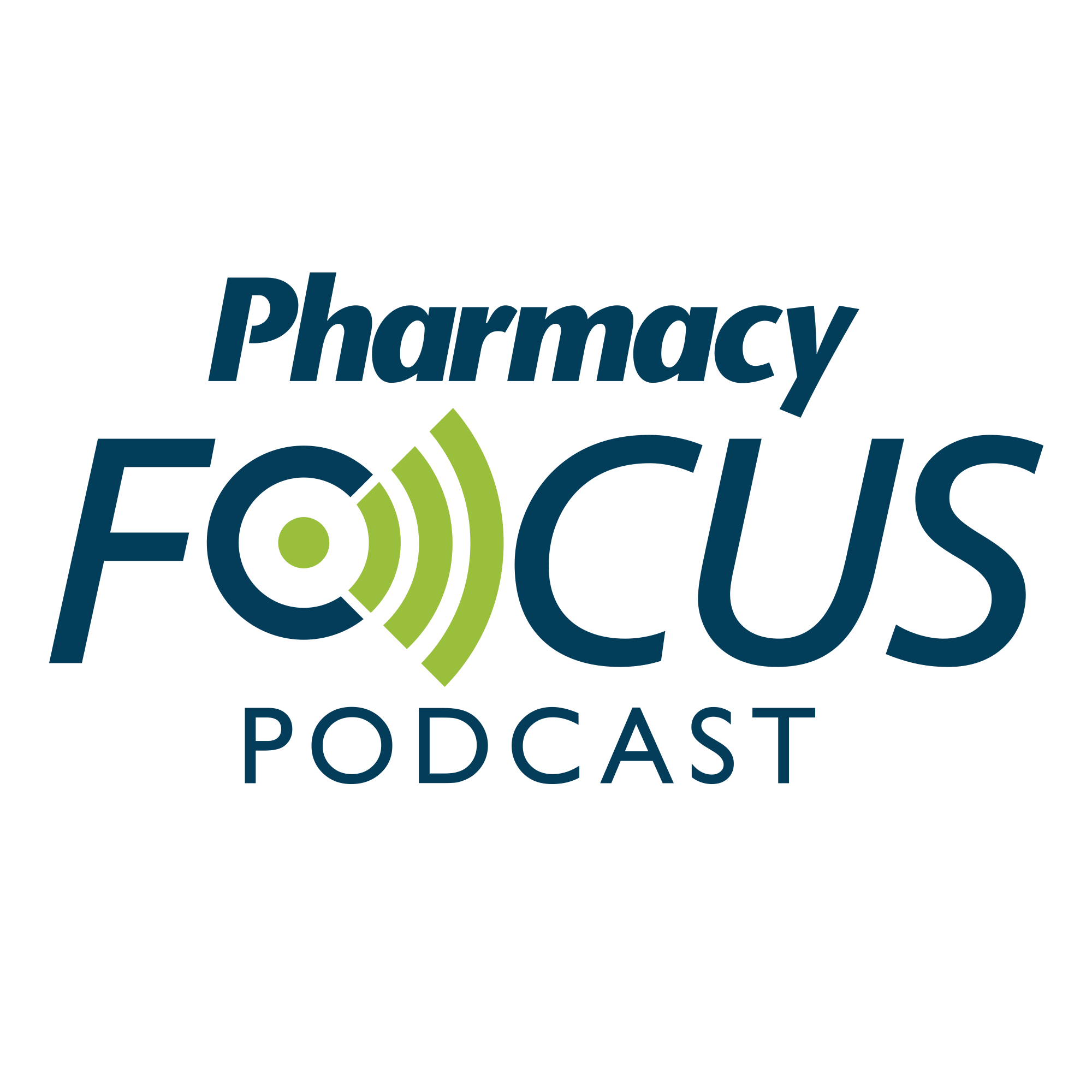Publication
Article
Pharmacy Times
Reach Out to Caregivers, Schools for Children With Diabetes
Author(s):
Pharmacists can provide guidance to administrators, teachers on insulin storage, dosage times.
Seventy-five percent of all cases of type 1 diabetes (T1D) begin in childhood, and the prevalence of type 2 diabetes (T2D) in youths is increasing by 2.3% annually and is projected to quadruple over the next 40 years.1 That means more than 215,000 individuals 18 years or younger live with diabetes. Furthermore, approximately 37% of children with T1D experience diabetes-related emergencies at school.2,3 Children and their care-givers must collaborate to ensure diabetes-related medication administration and monitoring occurs, especially at school.1
Pediatric Diabetes 101
T1D requires daily insulin injections, and basal-bolus regimens have improved glycemic control in children with T1D.1 Treatment for T2D usually starts with metformin but is effective for only approximately 50% of youths, so many need insulin within a few years.1 Initial insulin regimens entail injections once or twice daily, but with increased insulin resistance and the need for tighter control, additional mealtime doses—often administered at school—are likely.1 Once-daily injectable liraglutide and once-weekly exenatide are approved to manage T2D in patients 10 years or older.4 Although school-day dosing of exenatide or liraglutide is unlikely, school personnel need to know how to identify adverse effects, such as constipation, dyspepsia, diarrhea, nausea, and vomiting.4,5
Provide Specific Information
When students need insulin at school, pharmacy employees can call schools and educate staff members. Key points include insulin’s specific storage requirements. Schools should refrigerate insulin at a temperature between 36 °F and 46 °F until opened. Once opened, a pen or vial is stable for 28 days at room temperature up to 86 °F.6 Parents and school personnel should note expiration dates because children often take small doses and significant content may remain at expiration. School staff must mark insulin containers with the first-use date. Pharmacy employees should advise parents to note when school staff members open vials, remind the school to stop using the insulin at 28 days, and send replacements promptly.
Insulin pumps for school-day insulin administration are increasingly common. The challenge is calculating the bolus (ie, mealtime insulin dose) based on carbohydrate consumption. Table 17 lists talking points for counseling when this is the case.

Diabetes also requires disposal of needles and hazardous testing material. Parents should provide sharps/biologics containers if schools do not have them.6
By The Book
The American Diabetes Association’s Safe at School program advises parents to actively coordinate school-day diabetes care for their children and, if possible, encourage school personnel to speak with certified diabetes educators.8 Community pharmacists can reinforce critical points and involve children in their own care by addressing emergencies at school.8Clinicians must determine each child’s ability to self-administer and the necessary level of supervision on a case-by-case basis. Pharmacists can reiterate valuable information, especially when insulin is prescribed (Table 26,9).

Hypoglycemia
Hypoglycemia is the greatest risk to patients at school, especially if they consume insufficient carbohydrates after receiving insulin.1 Vigilance is warranted, especially for children younger than 6 years because they are prone to hypoglycemia unawareness (ie, the inability to recognize symptoms of severe hypoglycemia or communicate needs).1 Pharmacists can counsel children about these symptoms and when to call for help. They can also remind school personnel that some indicators of low blood sugar level may mimic misbehavior, such as crying for no reason, inattention, or tantrums.10 School personnel should take these indicators seriously and engage the school nurse or other medical assistance.
If children present with hypoglycemic indicators such as behavioral changes or moodiness, clumsy or jerky movements, confusion, dizziness, headaches, hunger, irritability, pallor, perioral tingling, seizure, shakiness, or sweating, blood glucose testing is needed. If the reading is 70 mg/dL or below, a child needs 15 g of carbohydrate immediately with 4 oz of juice or regular soda, glucose gel or tablets, gumdrops, hard candy, jelly beans, or 1 tbsp of honey or sugar.11 Glucagon is indicated for patients who cannot con-sume carbohydrates by mouth.1 Intranasal glucagon is a ready-to-use medication with no priming or reconstitution necessary. It is a dry nasal powder absorbed passively in the nose, with no inhalation required.12 Prefilled autoinjectors and glucagon syringes contain premixed glucagon in liquid form.13 Unconscious children may not regain consciousness for 15 to 20 minutes, during which a responsible adult should call 911.14
Final Point
Pharmacists should counsel caregivers to manage suspected hypoglycemia, even if they are in doubt. Severe hypoglycemia can cause brain damage or death. Although children may be nauseated or vomit when they regain consciousness, glucagon is harmless, even if blood sugar level is high.14
References
1. American Diabetes Association. 2. Classification and diagnosis of diabetes: standards of medical care in diabetes-2020. Diabetes Care. 2020;43(suppl 1):S14-S31. doi:10.2337/dc20-S002
2. Engelke MK, Swanson M, Guttu M, Warren MB, Lovern S. School nurses and children with diabetes: a descriptive study. N C Med J. 2011;72(5):351-358.
3. Lineberry MJ, Ickes MJ. The role and impact of nurses in American elementary schools: a systematic review of the research. J Sch Nurs. 2015;31(1):22-33. doi:10.1177/1059840514540940
4. FDA approves new treatment for pediatric patients with type 2 diabetes. News release. FDA. June 17, 2019. Accessed October 29, 2022. https://www.fda.gov/news-events/press-announcements/fda-approves-new-treat-ment-pediatric-patients-type-2-diabetes
5. Briskin A. FDA approves exenatide for children and teens with type 2 diabetes. diaTribe Learn. August 2, 2021. Accessed October 29, 2022. https://diatribe.org/fda-approves-exenatide-children-and-teens-type-2-diabetes
6. Insulin storage and syringe safety. American Diabetes Association. Accessed October 29, 2022. https://diabetes.org/healthy-living/medication-treatments/insulin-other-injectables/insulin-storage-and-syringe-safety
7. Maahs DM, Horton LA, Chase HP. The use of insulin pumps in youth with type 1 diabetes. Diabetes Technol Ther. 2010;12(suppl 1):S59-S65. doi:10.1089/dia/2009.0161
8. Safe at school. American Diabetes Association. Accessed October 29, 2022. https://diabetes.org/tools-support/know-your-rights/safe-at-school-state-laws
9. Watts M. How to inject insulin. Diabetes.co.uk. September 8, 2022. Accessed October 29, 2022. http://www.diabetes.co.uk/insulin/how-to-inject-insulin.html
10. Hypoglycemia in children. Stanford Medicine. Accessed October 29, 2022. https://www.stanfordchildrens.org/en/topic/default?id=hypoglycemia-in-children-90-P01960
11. Hypoglycemia (low blood glucose). American Diabetes Association. Accessed October 29, 2022. https://www.diabetes.org/healthy-living/medication-treatments/blood-glucose-testing-and-control/hypoglycemia
12. Baqsimi. Prescribing information. Eli Lilly & Co; 2019. Accessed November 14, 2022. https://www.accessdata.fda.gov/drugsatfda_docs/label/2019/210134s000lbl.pdf
13. Gvoke. Prescribing information. Xeris Pharmaceuticals Inc; 2019. Accessed November 14, 2022. https://www.accessdata.fda.gov/drugsatfda_docs/label/2019/212097s000lbl.pdf
14. Helping the student with diabetes succeed. National Institute of Diabetes and Digestive and Kidney Diseases. Updated May 2020. Accessed November 14, 2022. https://www.niddk.nih.gov/health-information/professionals/clinical-tools-patient-management/diabetes/helping-stu-dent-diabetes-succeed-guide-school-personnel
About the Author
Jeannette Y. Wick, MBA, RPh, FASCP, is the director of pharmacy professional development in the Department of Pharmacy Practice at the University of Connecticut School of Pharmacy in Storrs.







